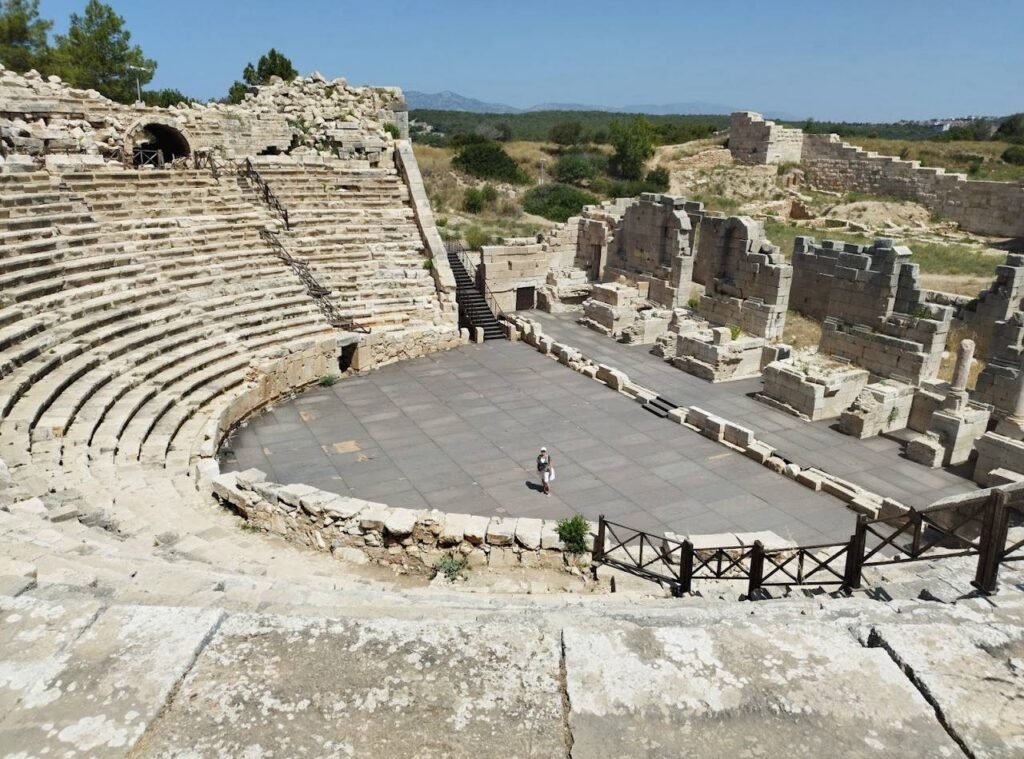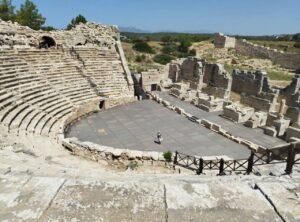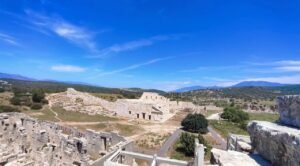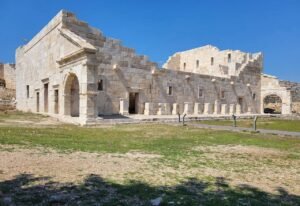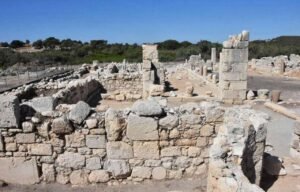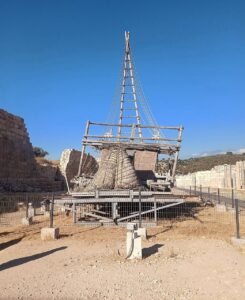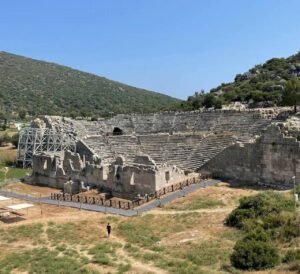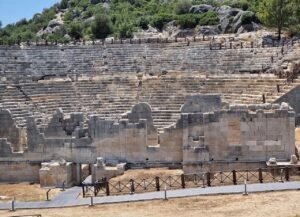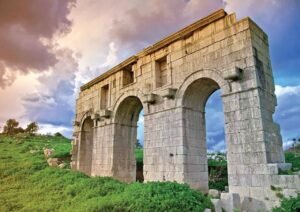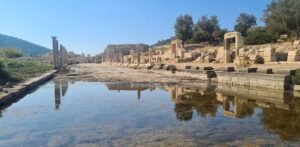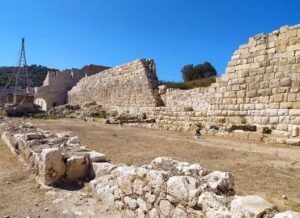Description
Patara Ancient City: Turkey’s Hidden Archaeological Gem
Nestled along the stunning Turquoise Coast of Turkey, the ancient city of Patara is one of the country’s most significant yet underrated archaeological sites. With a history spanning over 2,000 years , Patara was once a thriving Lycian city, a crucial Roman hub, and the birthplace of Saint Nicholas (the inspiration for Santa Claus). Today, it offers visitors a unique blend of history, mythology, and natural beauty , including one of Turkey’s longest sandy beaches.
Historical Significance of Patara
Patara’s history dates back to at least the 5th century BC , when it was a major Lycian city. As the capital of the Lycian League , it played a vital role in regional politics and trade. Later, under Roman rule , Patara became an important port city and a key stop for travelers and traders between the Mediterranean and Anatolia.
Key Historical Highlights
- Lycian League’s Capital: Patara was the political and administrative center of the Lycian Federation, one of the earliest democratic unions in history.
- Roman Importance: The Romans used Patara as a naval base and built significant structures, including a granary, theater, and triumphal arch.
- Birthplace of Saint Nicholas: The beloved figure associated with Christmas was born in Patara before becoming the Bishop of Myra (modern-day Demre).
- Oracle of Patara: Second only to Delphi, the city’s oracle was consulted by leaders, including Alexander the Great.
Exploring the Ruins of Patara
Walking through Patara is like stepping back in time. The well-preserved ruins are spread across a vast area, offering a fascinating glimpse into ancient life.
Must-See Structures in Patara
1. The Theater
- Built during the Hellenistic period and later expanded by the Romans, this theater once seated 5,000 spectators . Although partially buried by sand over the centuries, it remains an impressive sight.
2.The Bouleuterion (Parliament Building)
- As the capital of the Lycian League, Patara housed the federation’s assembly hall , where representatives from 23 Lycian cities gathered to make decisions.
3.The Triumphal Arch of Mettius Modestus
- Erected in 100 AD , this grand arch was built in honor of a Roman governor and marks the entrance to the ancient city.
4.The Granary (Horrea)
- Constructed during Emperor Hadrian’s reign, this massive granary stored grain shipped from Egypt to Rome, showcasing Patara’s importance in trade.
5.The Lighthouse
- Recently restored, the Patara Lighthouse is one of the oldest in the world, dating back to Emperor Nero’s reign (54-68 AD) .
6.The Main Street & Colonnaded Road
- Lined with ruins of shops and public buildings, this ancient road leads to the harbor area, now silted up and covered by sand dunes.
7.The Vespasian Baths
- These Roman baths, built in 70 AD , highlight the city’s advanced infrastructure and social life.
8.The Temple of Apollo
- Although mostly in ruins, this temple was once a major religious site linked to Patara’s famous oracle.
Patara Beach: Where History Meets Nature
Adjacent to the ancient city lies Patara Beach , an 18 km stretch of golden sand that is one of the longest and most pristine beaches in Turkey. Part of a protected area, it is also a nesting ground for loggerhead sea turtles (Caretta caretta) , making it an eco-tourism hotspot.
Why Visit Patara Beach?
- Unspoiled Beauty: Unlike crowded resort beaches, Patara remains peaceful and natural.
- Turtle Conservation: Visitors can learn about efforts to protect endangered sea turtles.
- Sunset Views: The dunes behind the beach offer spectacular sunset vistas.
How to Get to Patara
Patara is located near the village of Gelemiş , in Antalya Province . The nearest major town is Kaş (about 40 km away), while Fethiye is roughly 80 km to the north.
Transport Options
- By Car: The easiest way to reach Patara is by renting a car from Antalya, Fethiye, or Dalaman.
- By Bus: Regular minibuses (dolmuş) run from Fethiye and Kaş to Gelemiş.
- Guided Tours: Many tour operators offer day trips from nearby resorts.
Best Time to Visit
The ideal time to explore Patara is spring (April-May) or autumn (September-October) when temperatures are mild. Summers can be extremely hot, while winters are rainy but still pleasant for sightseeing.
Nearby Attractions
If you have extra time, consider visiting these nearby historical and natural sites:
- **Xanthos** – The former Lycian capital with impressive tombs.
- **Letoon** – A UNESCO-listed religious center dedicated to Leto, Apollo, and Artemis.
- **Kaputaş Beach** – A stunning turquoise cove between Kaş and Kalkan.
- **Saklıkent Gorge** – A breathtaking canyon perfect for hiking.
Why Patara Should Be on Your Turkey Itinerary
Unlike more touristy ancient cities like Ephesus, Patara offers a **tranquil, immersive experience** where you can explore ruins without crowds. Its combination of **archaeological wonders, mythological connections, and natural beauty** makes it a must-visit destination for history lovers, beachgoers, and adventure seekers alike.
Whether you’re wandering through its ancient streets, relaxing on its pristine beach, or marveling at its well-preserved structures, Patara is a true hidden gem of Turkey’s Mediterranean coast.
Final Tips for Visitors
- **Wear comfortable shoes** – The site is large and involves walking on uneven terrain.
- **Bring water & sunscreen** – There’s little shade, especially in summer.
- **Respect conservation rules** – Avoid disturbing turtle nesting areas.
Plan your visit to Patara and uncover the secrets of this extraordinary ancient city!
Location
-
Kalkan, 07960 Kaş/Antalya
